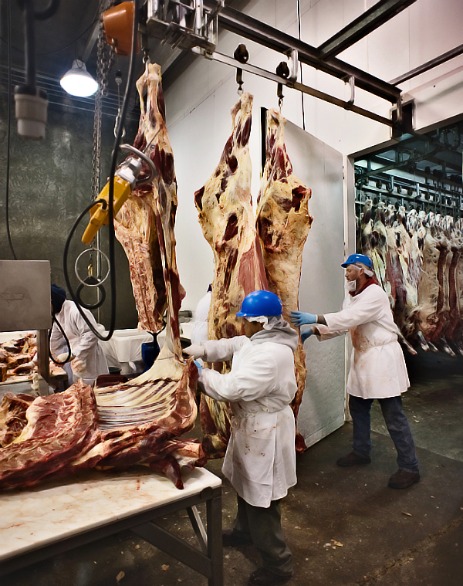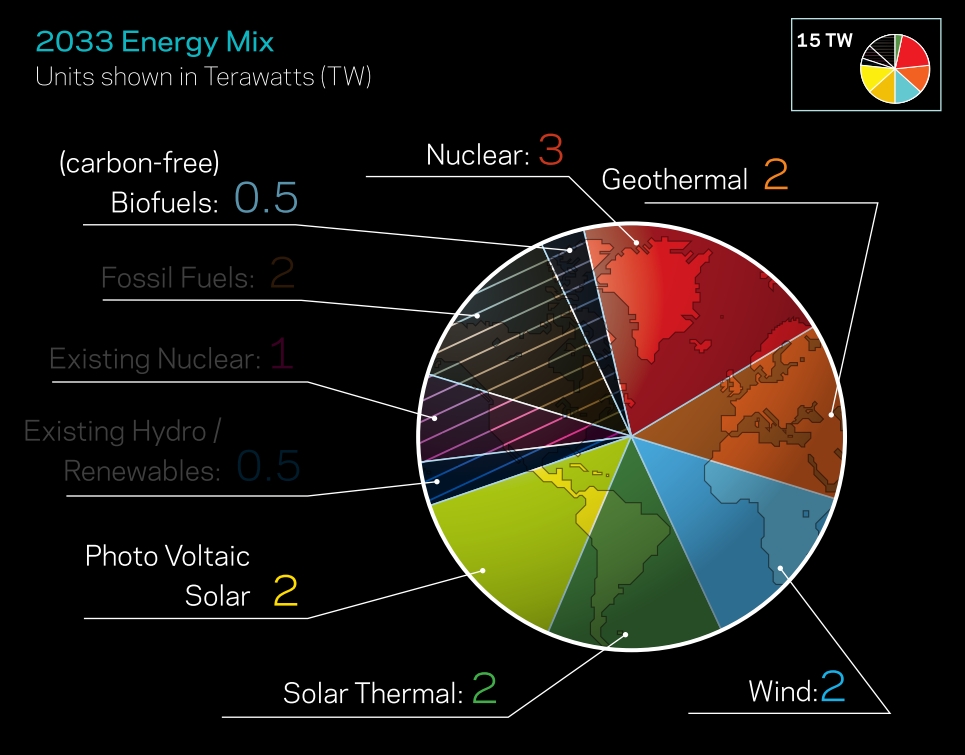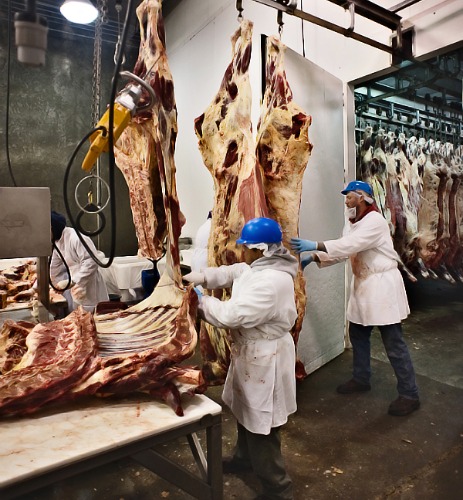 Photo: Kate SommersThere are many levels of animal eaters, farmers, and processors in this country. Even among the green-minded, we have passionate vegans and rampant paleo-style carnivores. There are those who support large farms for their efficiency, and those who want every farm to have only an acre of produce, a cow, and five chickens. As for meat processing, nearly everyone is freaked out for one reason or another. Most of us hate industrial meat processing; others fret that small-scale operations are dying out.
Photo: Kate SommersThere are many levels of animal eaters, farmers, and processors in this country. Even among the green-minded, we have passionate vegans and rampant paleo-style carnivores. There are those who support large farms for their efficiency, and those who want every farm to have only an acre of produce, a cow, and five chickens. As for meat processing, nearly everyone is freaked out for one reason or another. Most of us hate industrial meat processing; others fret that small-scale operations are dying out.
Lorentz Meats is on the small side, but it’s growing. The small-is-beautiful types think Lorentz is getting too big, but the company is touted as one of the most efficient, clean, and successful processing plants here in Minnesota — widely used by small farms. I visited the plant last year. Not wanting to delve too deep into the politics of meat processing, my approach was more focused on the actual butchering process. I kind of treated this episode as an informative music video. So, turn up the volume and learn the difference between a rib-eye and a strip. And make sure to stick to the end for a touch of insight into what makes a big processing plant.



